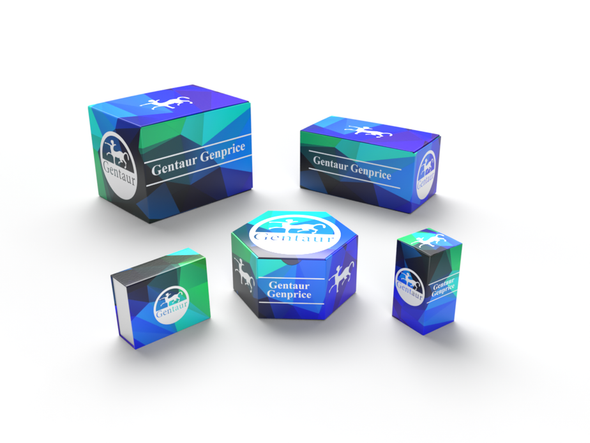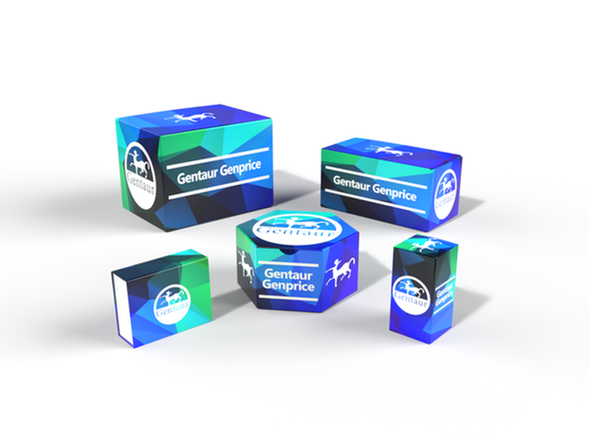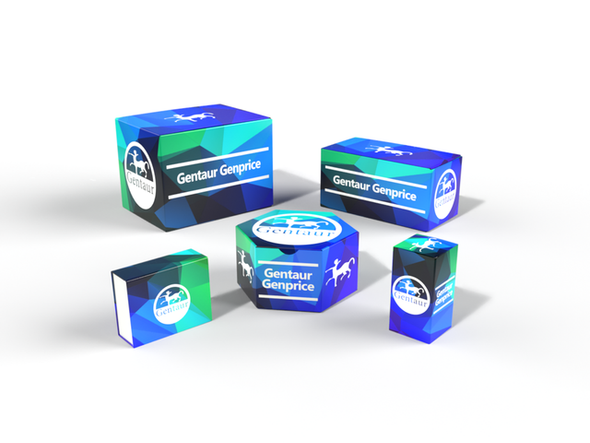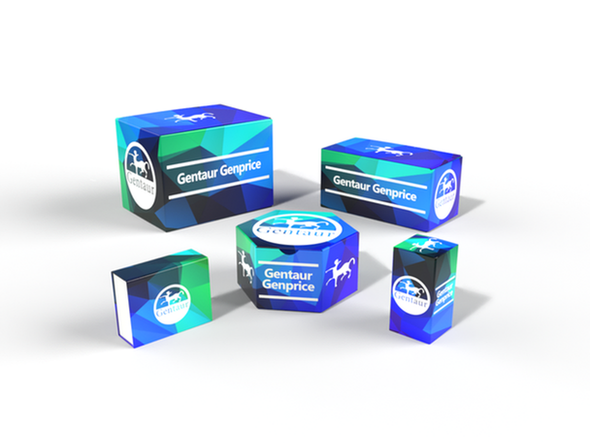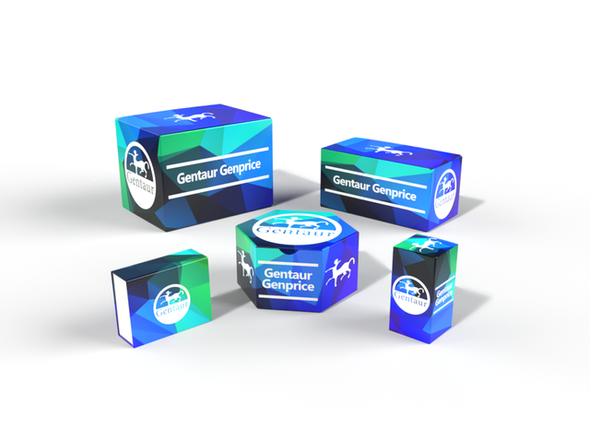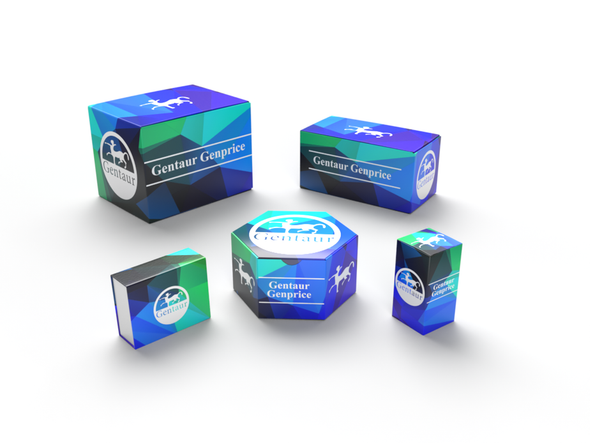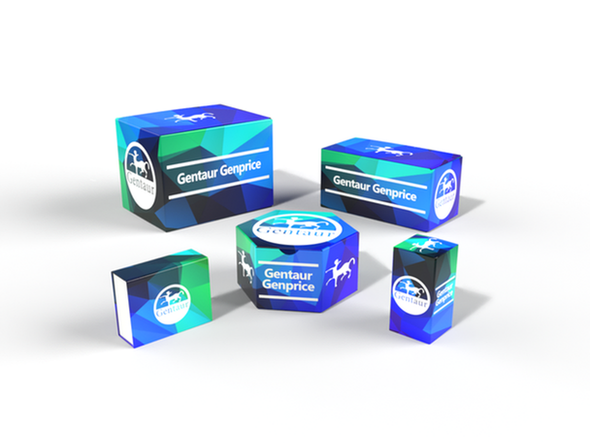740
Mouse Wnt inhibitory factor 1 (WIF1) ELISA Kit | AE11192MO
- SKU:
- 740-AE11192MO
- Availability:
- Usually ships in 5 working days
Description
Mouse Wnt inhibitory factor 1 (WIF1) ELISA Kit | AE11192MO | Gentaur UK, US & Europe Distribution
Species Reactivity: Mouse (Mus musculus)
Abbreviation: WIF1
Alternative Name: WIF-1;
Application: ELISA
Range: 15.6-1000 pg/mL
Sensitivity: 7.2 pg/mL
Intra-Assay: ≤4.8%
Inter-Assay: ≤8.5%
Recovery: 1, 02
Sample Type: Serum, Plasma, Other biological fluids
Detection Method: Sandwich
Analysis Method : Quantitive
Test Principale: This assay employs a two-site sandwich ELISA to quantitate WIF1 in samples. An antibody specific for WIF1 has been pre-coated onto a microplate. Standards and samples are pipetted into the wells and anyWIF1 present is bound by the immobilized antibody. After removing any unbound substances, a biotin-conjugated antibody specific for WIF1 is added to the wells. After washing, Streptavidin conjugated Horseradish Peroxidase (HRP) is added to the wells. Following a wash to remove any unbound avidin-enzyme reagent, a substrate solution is added to the wells and color develops in proportion to the amount of WIF1 bound in the initial step. The color development is stopped and the intensity of the color is measured.
Product Overview: WNT proteins are extracellular signaling molecules involved in the control of embryonic development. This gene encodes a secreted protein, which binds WNT proteins and inhibits their activities. This protein contains a WNT inhibitory factor (WIF) domain and 5 epidermal growth factor (EGF) -like domains. It may be involved in mesoderm segmentation. This protein is found to be present in fish, amphibia and mammals.The deduced 379-amino acid WIF1 secreted protein contains an N-terminal signal sequence, a 150-amino acid WIF domain, 5 epidermal growth factor (EGF) -like repeats that are similar to those of tenascin, and a C-terminal hydrophilic domain of approximately 45 amino acids. Overexpression of human WIF1 in frog embryos affected somitogenesis depending on the site and timing of WIF1 injection. .
Stability: The stability of ELISA kit is determined by the loss rate of activity. The loss rate of this kit is less than 5% within the expiration date under appropriate storage condition. The loss rate was determined by accelerated thermal degradation test. Keep the kit at 37°C for 4 and 7 days, and compare O.D.values of the kit kept at 37°C with that of at recommended temperature. (referring from China Biological Products Standard, which was calculated by the Arrhenius equation. For ELISA kit, 4 days storage at 37°C can be considered as 6 months at 2 - 8°C, which means 7 days at 37°C equaling 12 months at 2 - 8°C) .


